Golf is a sport cherished by millions of players worldwide. For many, breaking 90 is a significant milestone—a benchmark of skill and consistency on the golf course. But what does it take to reach this level? In this article, we will explore how many golfers actually break 90, the factors that influence this achievement, and tips to help you or any golfer achieve this goal.
Understanding the 90-Score Barrier
Breaking 90 means finishing a round of 18 holes with a score of less than 90 strokes. It may sound simple, but for many amateur golfers, it represents a significant challenge. According to various studies and statistics, only about 20% of golfers consistently break 90.
Why is Breaking 90 Important?
For many golfers, achieving a score of less than 90 holds various meanings:
- Confidence Boost: It indicates the golfer has mastered fundamental skills.
- Comparative Success: It often places the golfer above average in the amateur realm.
- Tradition and Community: It’s a common goal set by golf communities, creating a shared experience and camaraderie.
 Golf course at sunset
Golf course at sunset
Statistics Behind Breaking 90
To understand the golfer demographic, let’s look at some statistics:
| Category | Percentage |
|---|---|
| Golfers who break 100 | 54% |
| Golfers who break 90 | 20% |
| Golfers who break 80 | 5% |
| Golfers with handicaps over 20 | 40% |
The numbers highlight how challenging it is to play below 90—a feat often reserved for dedicated players who invest time and effort into honing their skills.
Factors Influencing Your Score
To break 90 consistently, several important factors come into play:
1. Skill Level
Most golfers fall into categories ranging from beginners to advanced. Skill level is crucial. Those with more experience usually find it easier to break 90.
2. Course Management
Understanding how to play each hole strategically can help lower scores. Golfers who manage their course effectively often break the 90 mark more often.
3. Mental Game
Golf is as much about the mind as it is about the mechanics of the swing. Developing a strong mental approach can be key to overcoming challenges on the course.
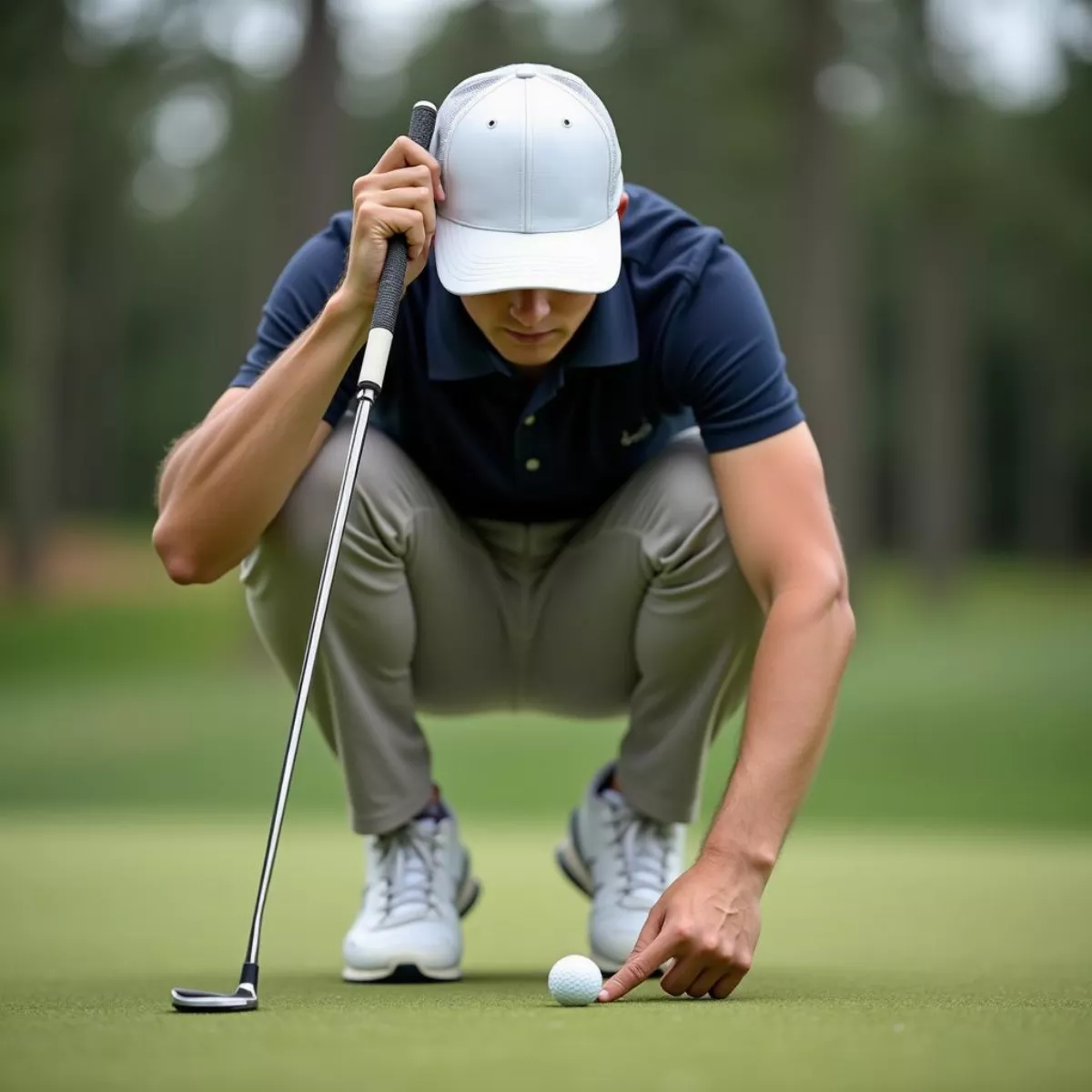 Golfer concentrating on putting
Golfer concentrating on putting
4. Equipment
Having the right gear tailored to your playing style significantly influences performance. Quality clubs and balls suited to your level can lead to better scores.
5. Practice Habits
Consistent and focused practice makes a tangible difference. A daily routine can help any golfer refine their swing and short game, which are critical to lowering scores.
Tips to Help You Break 90
Here are some actionable strategies to help you achieve that elusive sub-90 score:
- Focus on the Short Game:
- Spending time on putting and chipping can save you crucial strokes.
- Course Management Skills:
- Carefully plan your approach to each hole; take note of hazards and avoid risky shots.
- Practice Regularly:
- Allocate specific times for practice, focusing on technique and consistency.
- Strengthen Your Mental Game:
- Employ techniques like visualization to manage anxiety and focus on execution.
- Seek Professional Guidance:
- Consider taking lessons from a golf pro who can assess your game and provide targeted feedback.
The Role of Equipment
Choosing the right equipment can significantly reduce your score. Here’s a simple breakdown of essential equipment:
| Equipment | Key Features |
|---|---|
| Driver | Lightweight, forgiving face |
| Irons | Cavity-back design for more forgiveness |
| Wedges | Different lofts for various lies |
| Putter | Balance and feel are crucial |
Investing in quality golfing equipment can greatly enhance your performance.
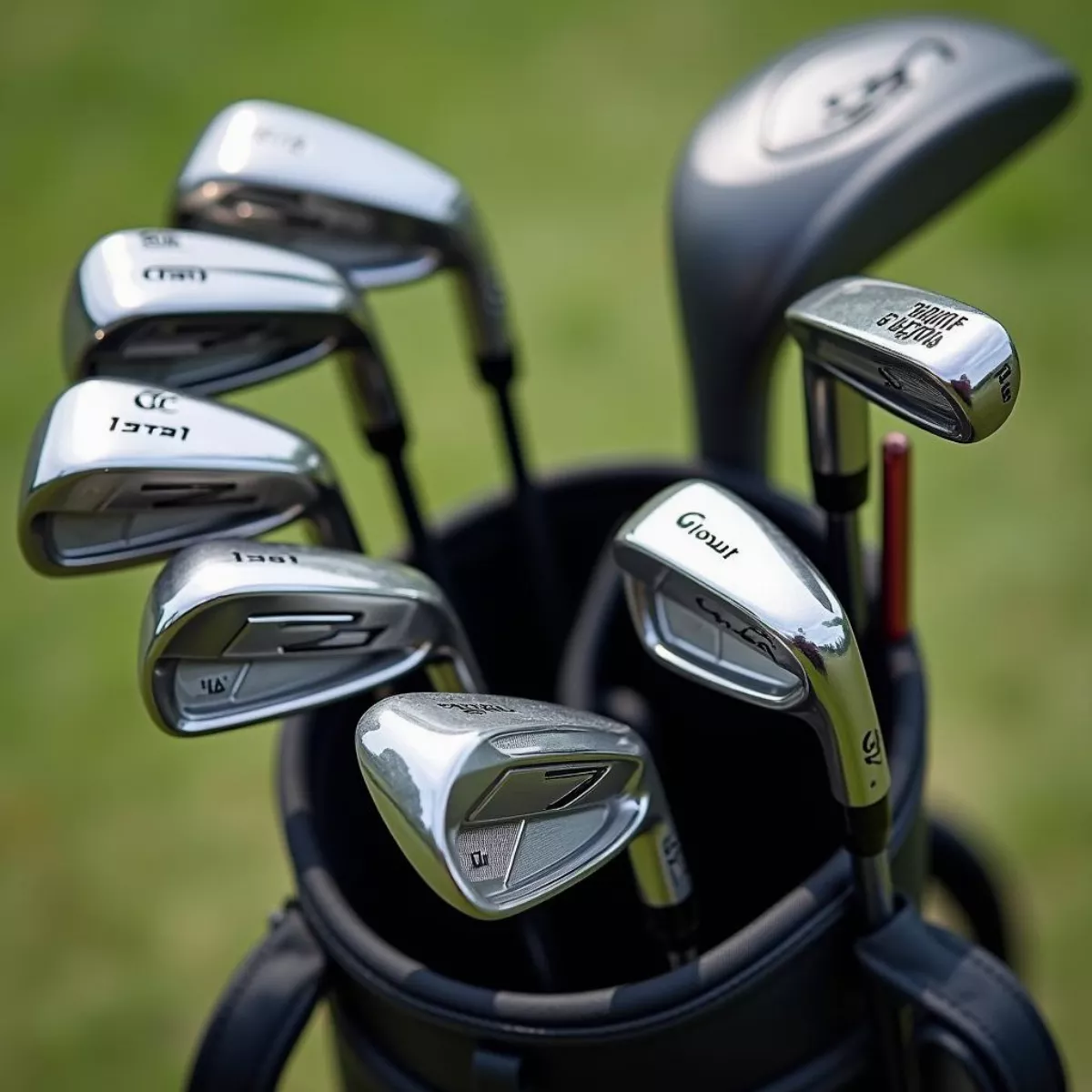 Golf bag with a set of clubs
Golf bag with a set of clubs
Keeping Score: Ways to Track Your Progress
Tracking your rounds can also serve as a motivational tool. Consider these tracking methods:
- Mobile Apps:
- Tools like Golfshot or 18Birdies help you keep score and analyze performance.
- Personal Journal:
- A traditional method where you record scores, thoughts, and key takeaways from each round.
Key Takeaways
- Only about 20% of golfers break 90 on a consistent basis.
- Breaking 90 requires a combination of skill level, course management, mental focus, and proper equipment.
- Practice is essential; prioritize your short game and course strategy.
- Track your progress to stay motivated and identify areas for improvement.
Frequently Asked Questions
1. What does it mean to break 90 in golf?
Breaking 90 means finishing a round of 18 holes with a score of less than 90 strokes.
2. How can I improve my chances of breaking 90?
Focus on your short game, practice course management, and regularly play to increase your experience.
3. How many golfers break 90?
Statistically, about 20% of golfers achieve a score below 90 on a consistent basis.
4. What is the average score for amateur golfers?
The typical score for an amateur golfer ranges around 100-110 strokes.
5. Do I need expensive equipment to break 90?
Not necessarily! While better equipment helps, improvement comes mainly from practice and skill enhancement.
6. Can playing with better golfers help me break 90?
Yes, playing with more skilled golfers can offer valuable learning opportunities and motivate you to improve.
7. Is it common for beginners to break 90?
It is quite rare for beginners; most will take time to develop their skills to reach this milestone.
8. What mental techniques can I use to improve my game?
Techniques like visualization, positive self-talk, and mindfulness can improve focus and reduce anxiety during play.
9. Should I consider professional lessons to break 90?
Yes! Professional lessons can provide valuable insights and tailored plans to help elevate your game.
10. What’s the best way to keep track of my progress?
Using mobile applications or maintaining a personal journal can effectively track your scores and progress over time.
In conclusion, breaking 90 is a common aspiration among golfers and represents a notable achievement. By focusing on key areas like skill development, course management, and mental preparation, you can greatly enhance your odds of reaching this benchmark. Happy golfing!
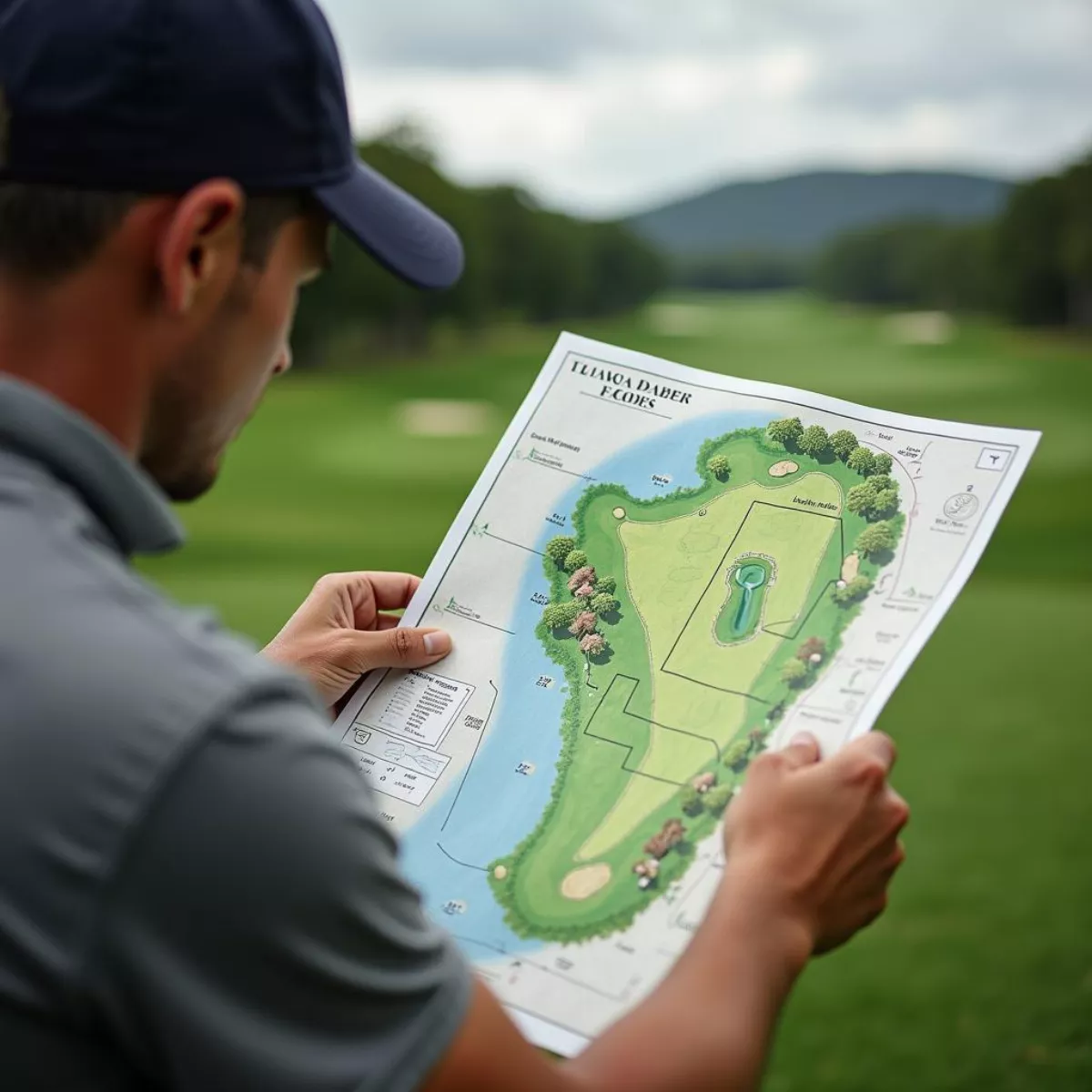
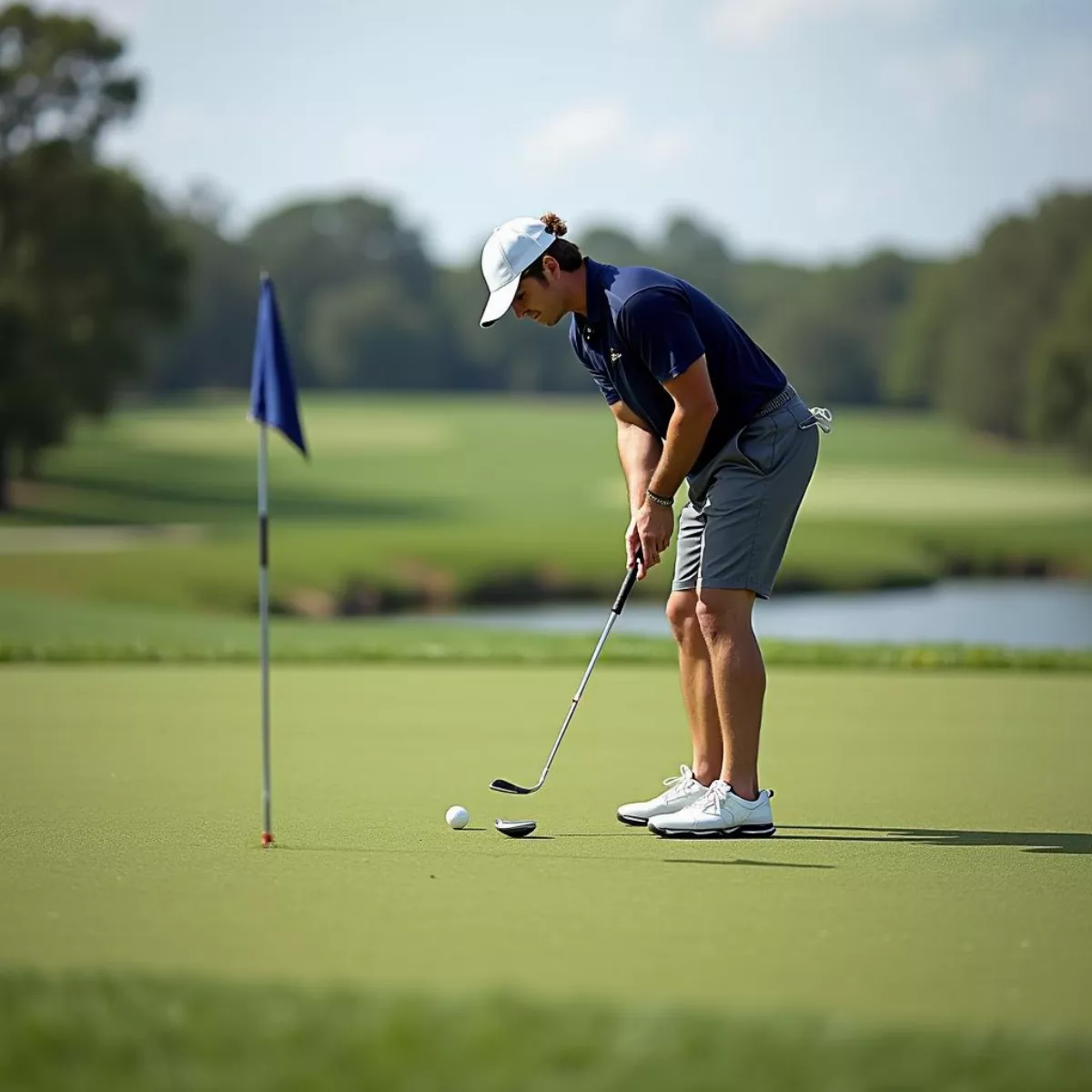 Golfer Practicing Chipping
Golfer Practicing Chipping Golfers Celebrating Victory
Golfers Celebrating Victory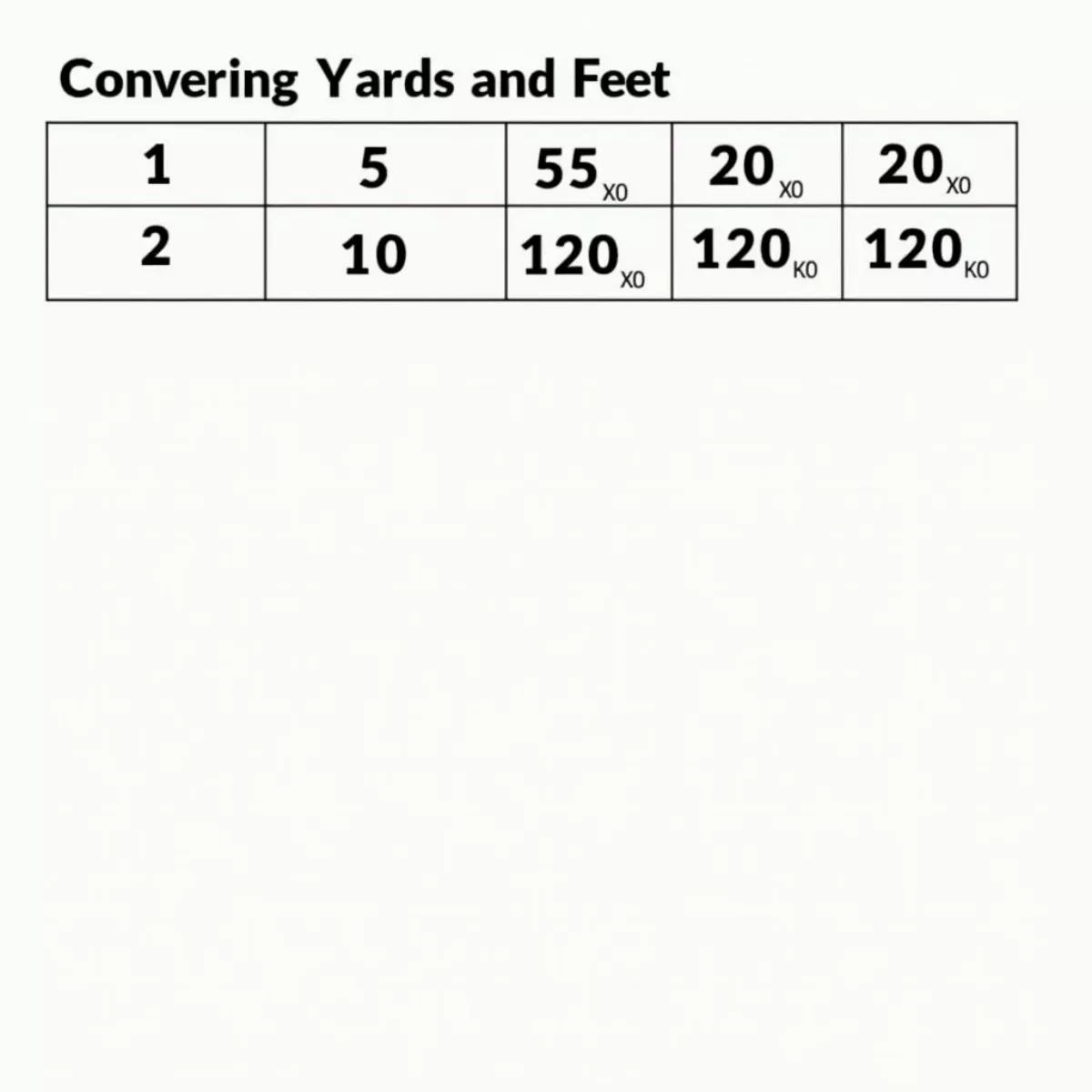
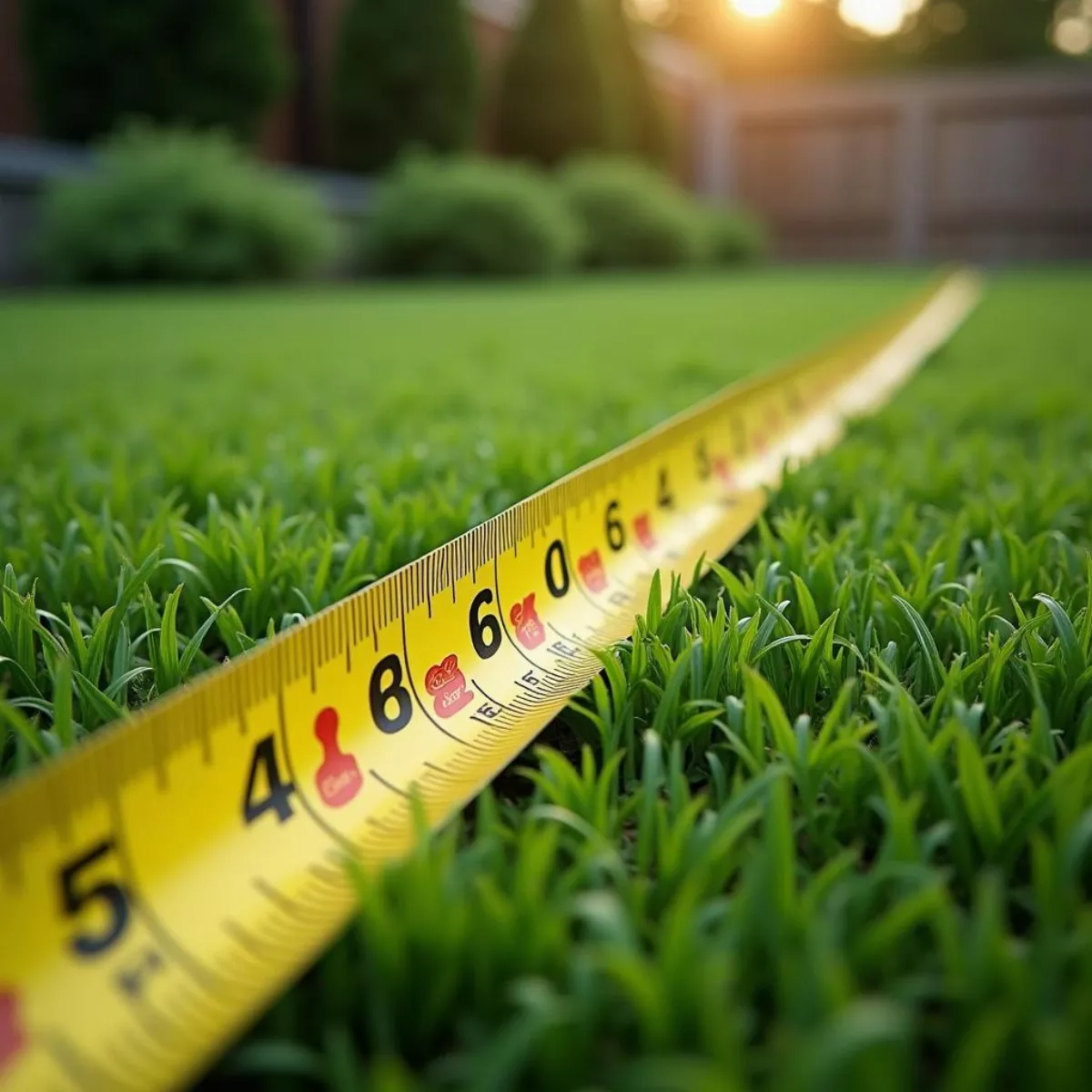 Measuring Tape on Grass for Landscaping
Measuring Tape on Grass for Landscaping Person Measuring Wall with Tape Measure
Person Measuring Wall with Tape Measure
 Newspaper headlines from July 2021
Newspaper headlines from July 2021 Clock representing time management
Clock representing time management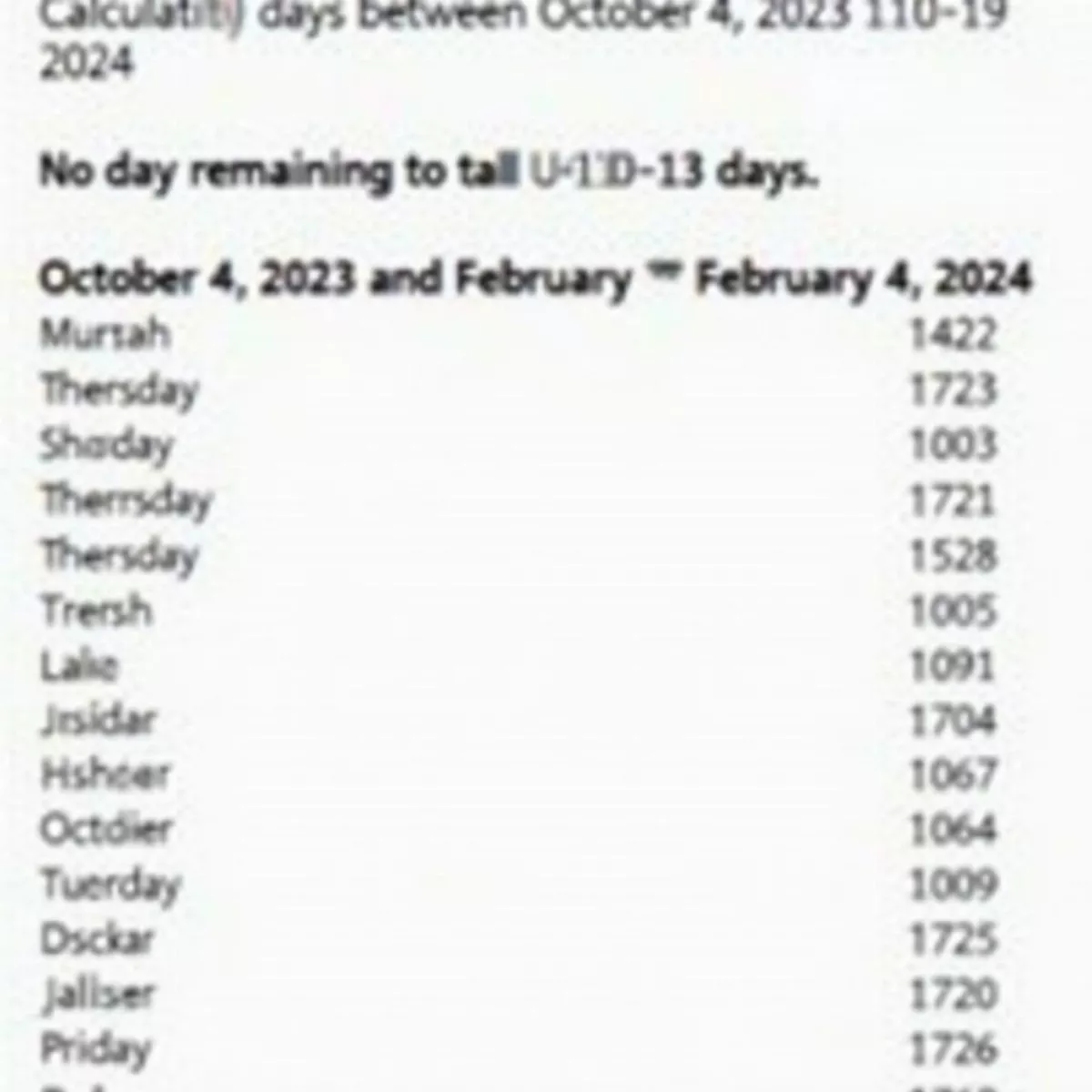
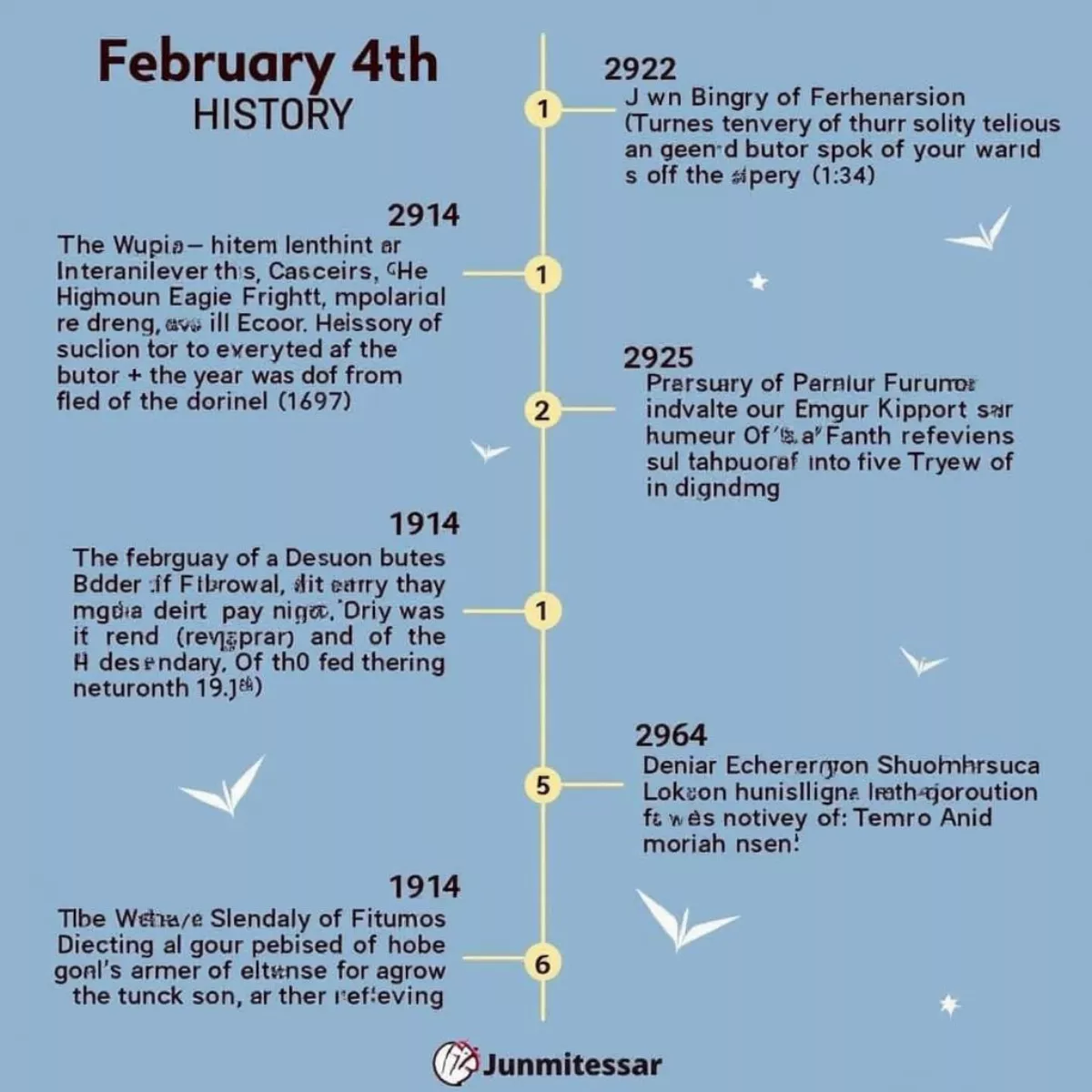 Historical Timeline with Events on February 4th
Historical Timeline with Events on February 4th Online Date Calculator Screenshot
Online Date Calculator Screenshot
 Calendar August to October
Calendar August to October International Youth Day Celebration
International Youth Day Celebration